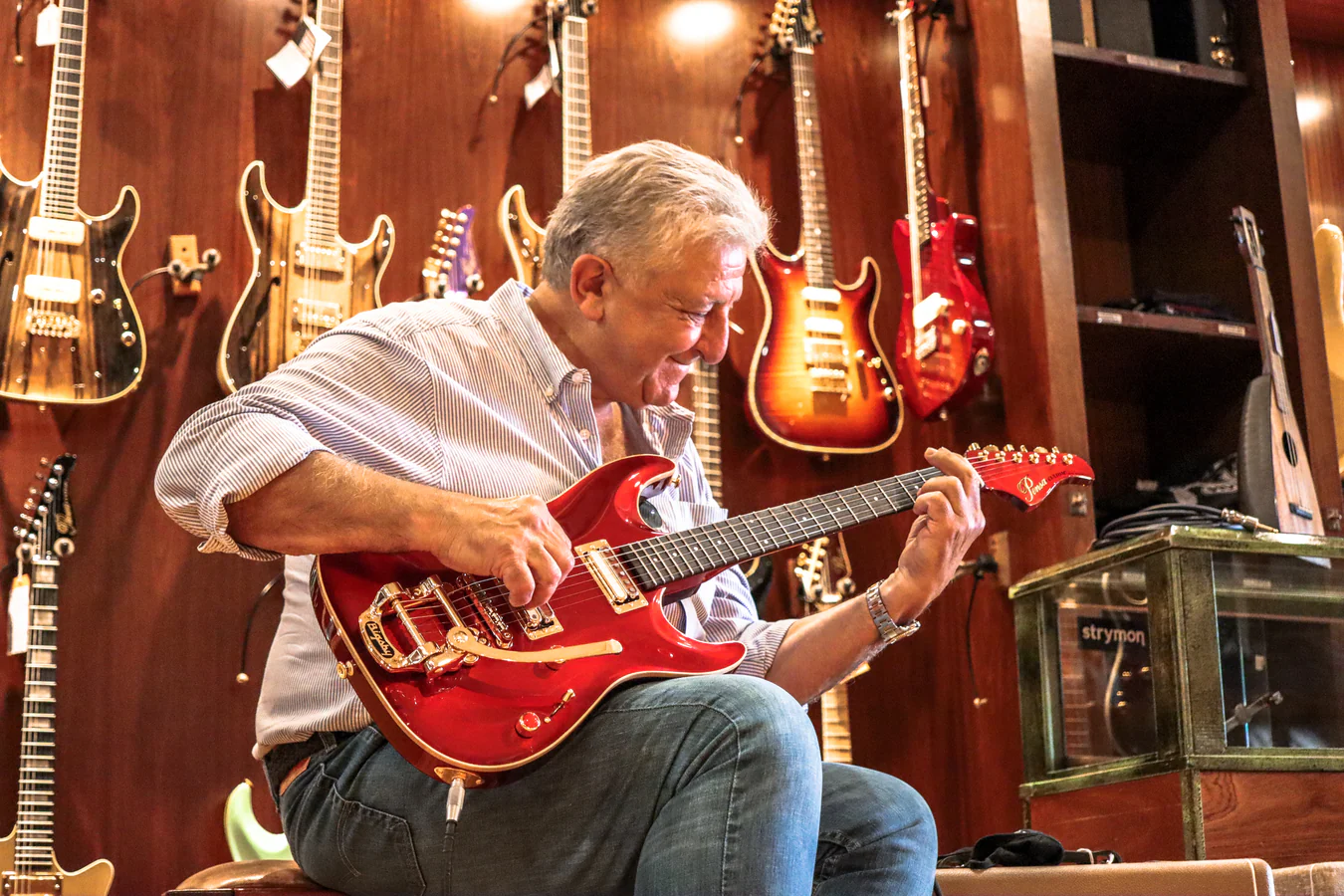
"DIG unearths the true soul of digital delay and doubles it—two simultaneous, integrated delays with the captivating rack delay voicings from the 1980s and today, for incredible expressive potential.
Effortlessly create your own world of intricate and synchronized echoes, along with hypnotic and atmospheric repeats that blur the line between delay and reverb. Stretch your sonic horizons with five musically satisfying rhythmic subdivisions and three dual delay routing options. Go from syncopated, pulsating delay patterns, to evocative, spaced-out echo trails all in a compact, pedalboard-friendly format.
Rack-mount digital delays of the ’80s ushered in a new era of audio effects. The innovative electronic designs generated the cleanest delays yet to be heard, but also created their own special and intriguing sonic characteristics. Thirty-plus years later, these sounds remain as distinctive and inspiring as ever.
Our thorough investigation of digital delay technology reveals the unique personalities that these delays possess. Delve into DIG’s three digital delay voicings: the early ’80s adaptive delta modulation mode, the mid-’80s 12 bit pulse code modulation mode, and the modern high-resolution 24/96 mode.
Multiply these distinct voicings by two and get DIG—your perfect dual delay ally.
Two simultaneous, integrated delays, with unique digital rack delay voicings
Five dual delay adjustment and tone shaping knobs: Time, Time 2, Mix, Mix 2, Repeats
One modern and two classic digital delay voicings: 24/96, adm, 12 bit
Five rhythmic subdivisions: Triplet, Eighth, Golden Ratio, Dotted Eighth, Dotted Quarter
Three choices for delay line modulation: Off, Light, Deep
Five “hidden” knobs for deep dual delay control: Delay 1 Subdivision, Sync/Free Mode, Filter, Config, Delay 2 Repeats
Selectable Free Mode disables subdivisions and synchronization
Press and hold Circular Repeats effect
20ms – 1.6s delay range (40ms – 3.2s with Half Note Delay 1 Subdivision)
High impedance mono input, with selectable TRS stereo input
Stereo output
Three signal routing configurations: Series, Parallel, Ping Pong
Tap tempo and Bypass footswitches
Expression pedal input allows the connection of either an expression pedal (for selectable control over any knob parameter), external tap pedal (for remote control of tempo), or Favorite switch (to save a Favorite preset)


